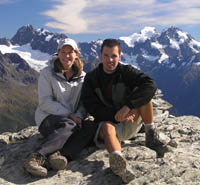Chengdu is the capital of the Sichuan Province in Central China. It is a surprisingly green, sprawling city of more than 11 million people, and one of the few cities in China that seems to be somewhat prosperous economically. However, Chengdu, and indeed the entire Sichuan Province, is really known for one thing – kick-ass spicy food.
We want to experience this ourselves, so we set out from our hotel with vague directions to a traditional Sichuan neighborhood with good restaurants. With a fair amount of dumb luck, we stumble onto a street filled with eating establishments. Every sign is in Mandarin, all of the restaurants look roughly similar, and nobody speaks a word of English, so we pick the most crowded restaurant one the block, and boldly walk on in.
We arrange for a table without too much trouble, and then the fun begins. There is no menu, and there is no English being spoken anywhere near this joint, so we go with the flow. 2 beers are ordered with a combination of pointing and our pathetic broken Mandarin phrases – a good start. Without any further communication, a huge divided cauldron is brought to us, and placed on a propane burner in the center of our table. One side of the cauldron contains a clearish broth, while the other holds a mottled dark red sauce. The burner is ignited, and each side starts to simmer, and then to boil.
With our astute deduction and observation skills, we determine that food items are to be placed into these boiling hot liquids and cooked before our very eyes. Since we are in the land of beaks and claws, it is clear that we should go the vegetable route. So, while other tables ply their Sichuan hot pot with all types of nefarious meat on a stick, we manage to explain to someone that we are vegetarian (not exactly true, but effective in this situation). The hostess then points to a list of items written on her clipboard in Chinese, as if to ask us which vegetables we like. With no idea what the list says, we indicate we will try them all.
Eight plates of fresh cut vegetables are brought to our table, and we are able to successfully recognize only one - cauliflower. No matter. Without hesitation we each pick one, and plunge them into the boiling oil with our chopsticks. Well, my friends, I am here to say that submerging anything in boiling liquid with chopsticks is no picnic. And since we are the only vegetarian idiots in the entire restaurant, the aforementioned astute observation skills are not particularly helpful in determining the propriety of our methods.
Fortunately, we have eight members of the esteemed wait staff surrounding our table, watching us generally make spectacles of ourselves. While seven of these fellows appear to greatly enjoy our predicament, one takes pity and comes to our rescue (much to the dismay of the remaining happy onlookers). We quickly learn that one drops many of the various vegetables into the torrid liquids at one time, and then later scoops them out for dining purposes. After helping us on the cooking front, he also shows us how to add heaps of salt and MSG to the garlic-oil dipping sauce. It is still not clear if this is done to make amends and further entertain the peanut gallery, of if this is actually proper Sichuan dining custom.
While the veggies are cooking, we have a chance to stir the sauces in the much-revered cauldron. The red sauce is clearly going to cause pain, as it is loaded with both chopped and whole chili peppers. The clear broth on the other hand surprises us when it reveals a few vegetables that we had not added, AND an entire fish – head, tail, and skin. Now this is getting interesting.
With the audience still watching, we start scooping out our veggies. The red sauce is wicked-hot, but unbelievably good. The fish broth is (surprisingly?) amazing too, but its best to let the fish lounge at the bottom of the cauldron – too many weird looks from his rolling eye balls could spoil a guy’s appetite. Heck, even the MSG-garlic-oil works well, although the post meal headache is a bitch.
This is a truly amazing meal. The food is out of this world, and the experience unsurpassed. As we happily enjoy Sichuan cuisine, the staring-squad gradually dissipates. Apparently, once we figure out the process, we become much less interesting. A second round of beer is ordered (this is getting easy), and we eat more than two people should. Mouths on fire, bellies full, and flush with the cultural experience (or maybe just from sitting over a piping-hot burner for two hours), we wait contentedly for the check. It arrives with much of the staring-squad in tow, hoping to say good-bye to the crazy Westerners. With fond feelings we wish everyone well, and pay our bill.
What was the damage for this amazing meal and two rounds of beer?
Seven U.S. dollars.
Dining in the Third World does have its advantages.

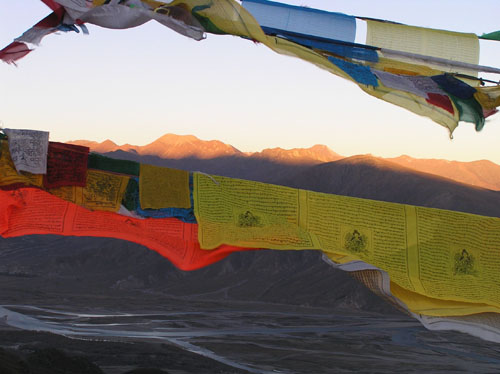
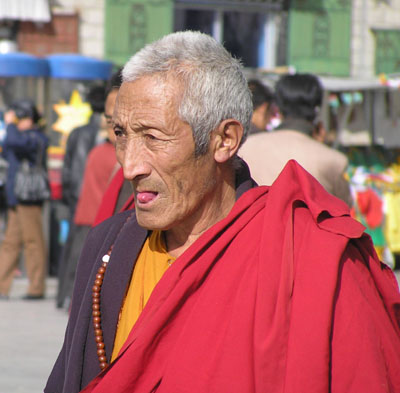

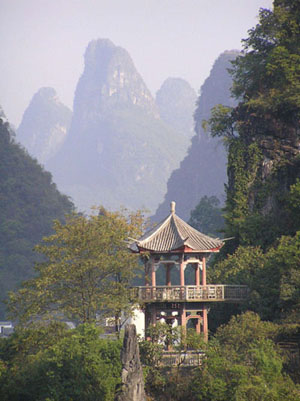
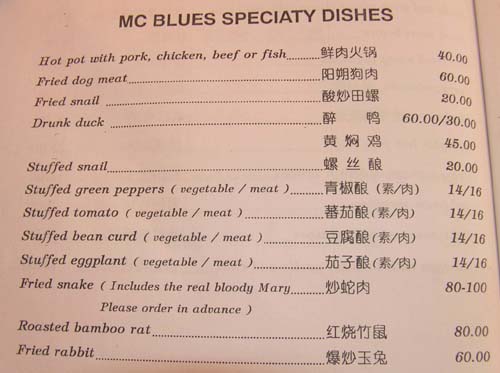
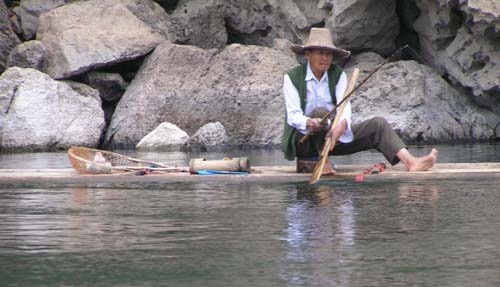
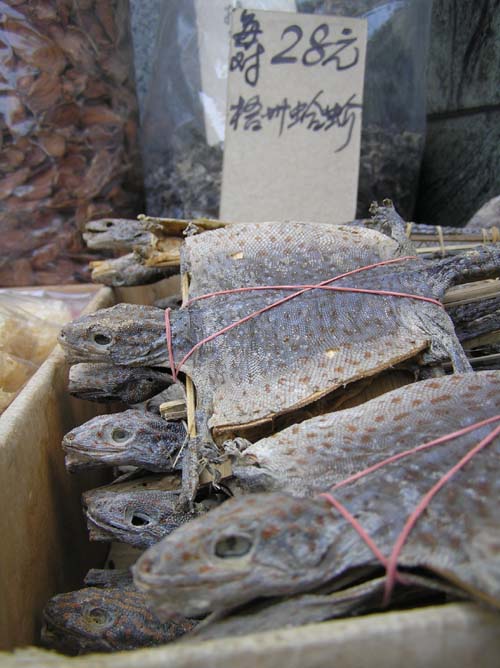
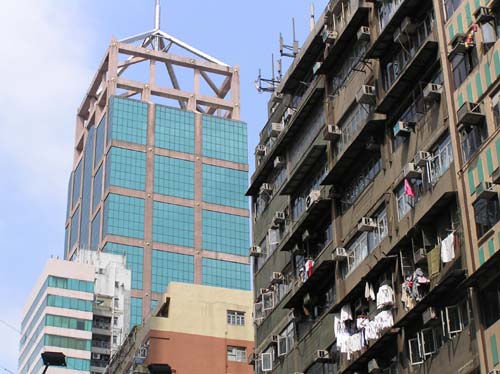
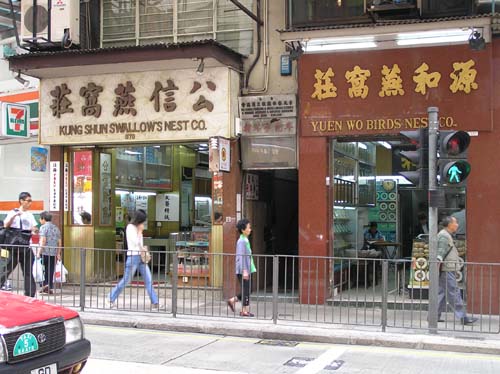
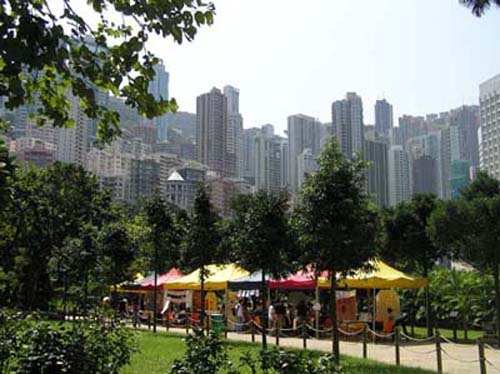
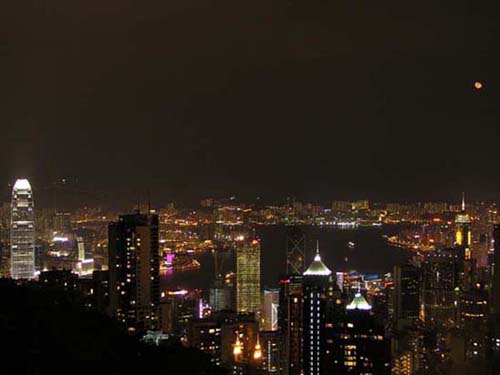 Hong Kong hums. It’s New York on uppers; LA condensed. This is where East meets West, and everybody is reveling in the vibe.
Hong Kong hums. It’s New York on uppers; LA condensed. This is where East meets West, and everybody is reveling in the vibe. 